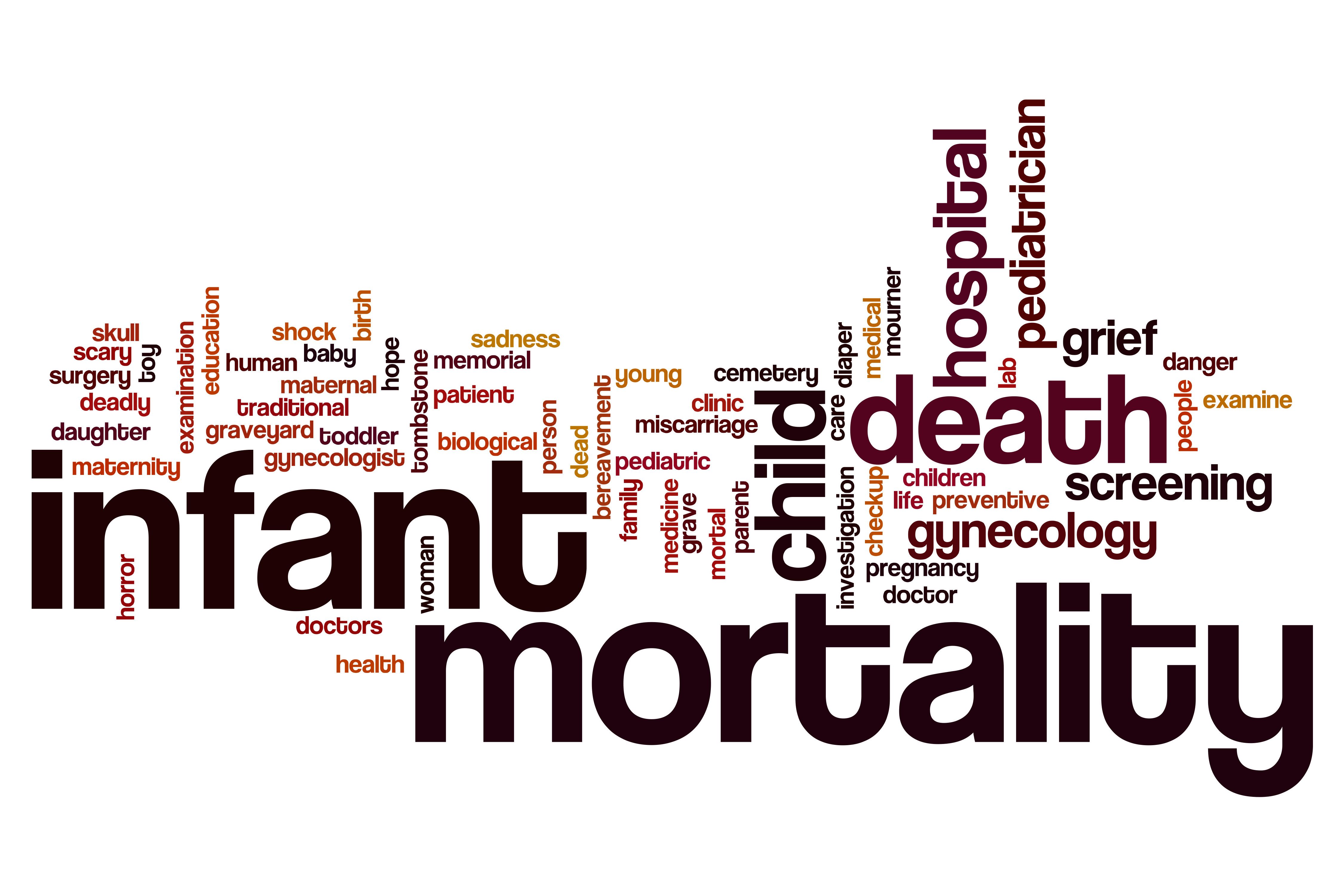CDC releases report on infant mortality
Although the infant mortality rate in the United States appears to have stalled, racial and ethnic disparities in trends in this area persist, according to the recent report.
©ibreakstock - stock.adobe.com

Although the infant mortality rate in the United States appears to have stalled, racial and ethnic disparities in trends in this area persist, according to a recent report from the Centers for Disease Control and Prevention (CDC).
The report, which covered data from 2017, analyzed infant mortality by age at death; maternal race, age, and state of residence; gestational age; and the leading cause of death. A total of 22,341 infant deaths were reported in the United States in 2017 and were included in the report.
The US 2017 infant mortality rate was 5.79 deaths per 1,000 live births, which was not statistically different from the 2016 rate of 5.87 deaths. Neonatal and postneonatal mortality rates for 2017 (3.85 and 1.94 deaths per 1,000 live births) also remained similar to 2016 rates (3.88 and 1.99 deaths per 1,000 live births).
There was a fairly stark contrast in infant mortality rates when broken down by race. The 2017 infant mortality rate for infants of non-Hispanic black women (10.97 deaths) was more than twice as high as the mortality rate for infants of non-Hispanic white women (4.67 deaths) and Hispanic women (5.10 deaths). Non-Hispanic Asian women had the lowest infant mortality rate (3.78 deaths).
The CDC also reported geographical variance in terms of 2017 infant mortality rates. Mississippi had the highest mortality rate (8.73 deaths), while Massachusetts had the lowest rate (3.66 deaths). Eleven states had infant mortality rates significantly lower than the national rate of 5.79 deaths, but 15 states had rates significantly higher than that.
Infants born very preterm (less than 28 weeks’ gestation) had the highest mortality rate (384.39 deaths) – 183 times as high as that for infants born at term (37-41 weeks’ gestation) (2.10 deaths). In 2017, just as in 2016, the five leading causes for infant death were: congenital malformations, deformation, and chromosomal abnormalities; disorders related to short gestation and low birth weight; newborn affected by maternal complications of pregnancy; sudden infant death syndrome; and unintentional injuries. However, the order of these causes varied in prevalence by maternal race and Hispanic origin.
The CDC noted that while it is encouraging to see the infant mortality rates unchanged from 2016, there is much work that needs to be done to overcome the evident racial and ethnic disparities.
Gender discrepancy found in ABCA4-associated retinopathy
April 18th 2024A recent meta-analysis suggests sex as a modifying factor in the development of ABCA4-associated retinopathy, revealing a higher proportion of women among individuals with a mild reduced penetrant ABCA4 variant, impacting prognosis predictions and recurrence risks.
Read More
